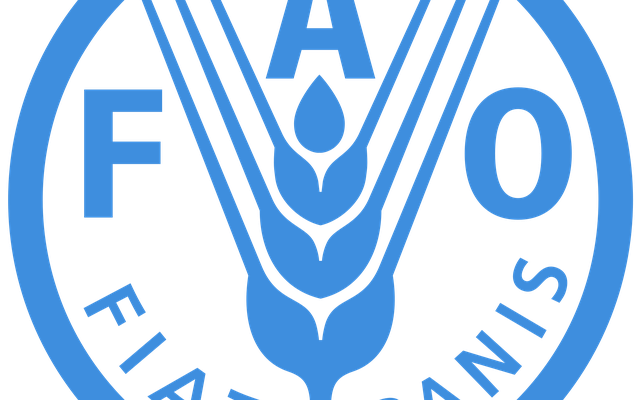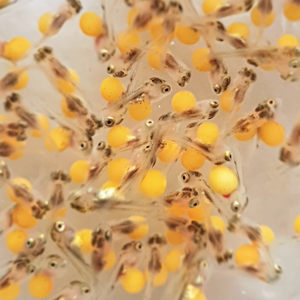The report on The State of the World’s Aquatic Genetic Resources for Food and Agriculture is the first global assessment of the status of aquaculture genetic resources and represents an important step forward in this regard. 92 countries contributed to this country-driven process, covering approximately 96 percent of global aquaculture production and over 80 percent of global capture fisheries production.
Genetic data are generally available and used in aquaculture, with major producing countries using the information more than the minor producing countries. Selective breeding was reported to be the most widely applied genetic technology. However, adoption of this proven approach to genetic improvement is relatively low, with published estimates indicating that only around 10 percent of global aquaculture is of improved strains resulting from well-managed selective breeding programs.
Most farmed aquatic genetic resources retain levels of genetic variation similar to those of their wild relatives. Thus, compared to terrestrial genetic resources, aquatic genetic resources are characterized by a large and growing diversity of species but relatively little development of distinct farmed types, contrasting with the focus on a few species but a vast diversity of breeds and varieties in terrestrial animals and plants.
Read the report here.













